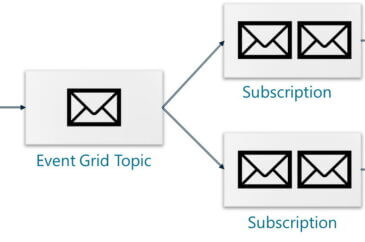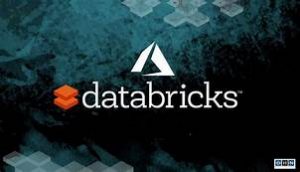Azure: Grids, Hubs, Busses, Topics, and Queues… Oh My!

Messaging between application components and devices is why engineers invented computer networks. The ultimate computer network is the Internet, which has practically connected all the world’s devices to a single network where any one device can send a message to another device.
Batch and Streaming Pipelines

One of the best features of Databricks is that it facilitates transitioning batch pipelines to streaming pipelines.
Databricks Clusters
This is a continuation of my series of posts on Databricks where we most recently reviewed the Workspace & Notebooks. Now let’s get more familiar with the concept of clusters. […]
Workspaces & Notebooks
Now that you’ve instantiated the Databricks service within Azure, let’s take a tour of the workspace & become familiar with Notebooks. Workspace The above image shows the Databricks homepage of […]
Getting the Power of Spark to Your Data Engineers
Over the last decade, there has been a giant leap in the technology available to the market for processing big data workloads.
Using GitHub Actions to Manage Certbot (Let’s Encrypt) Certificates
GitHub Actions is an excellent source for all things automation. For personal accounts, there’s a limited free offering that allows you to run automation jobs. I use GH actions to […]
Database Migration Assistant Assessment
Azure offers a lot of options for moving SQL databases from SQL Server to Azure. Knowing which choice is the best choice for your database can sometimes be challenging. Microsoft […]
PCA-Based Anomaly Detection
Anomaly detection is a branch of machine learning that seeks to identify anomalies in datasets or data streams. Airbus uses it to predict failures in jet engines and detect anomalies […]
Principal Component Analysis
Principal Component Analysis, or PCA, is one of the minor miracles of machine learning. It’s a dimensionality-reduction technique that reduces the number of dimensions in a dataset without sacrificing a […]